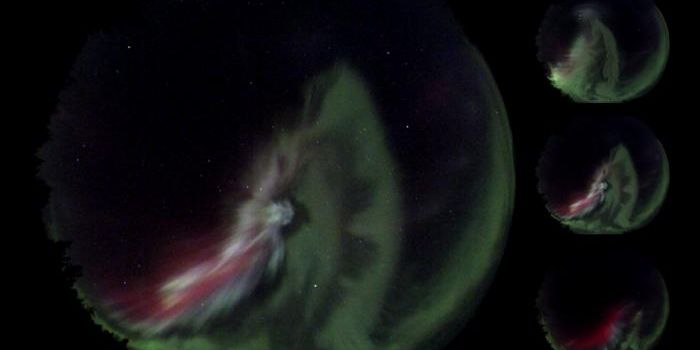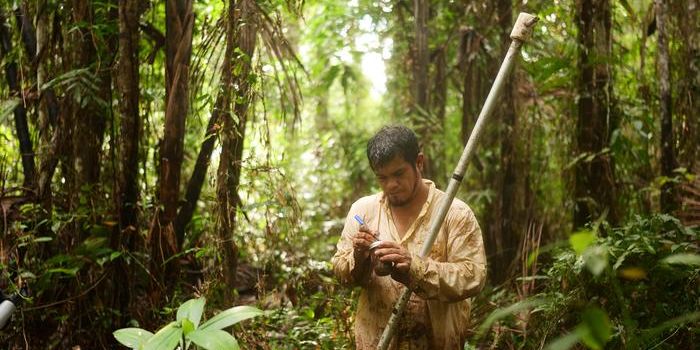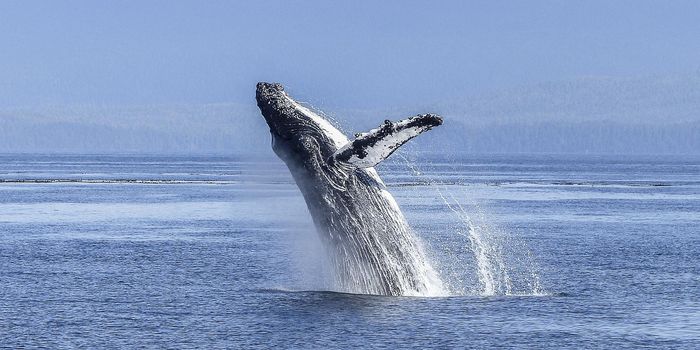Bottom burrowing animals were first to recover after last mass extinction
Researchers from the United States, United Kingdom, and China reveal in a recent study published in Science Advances how sea life recovered from the end-Permian mass extinction, an event that killed over 90 percent of the species on Earth. The team studied ancient sea bed burrows and trails discovering that bottom burrowing animals were among the first to recover after the cataclysmic event.
Approximately 252 million years ago, all life on the Earth was nearly wiped out by an event known as the end-Permian mass extinction. This event was so damaging that it took millions of years for biodiversity on Earth to return to pre-extinction levels. However, by examining burrows and trails on the bed of the South China Sea, researchers were able to piece together the revival of seal life by distinguishing what animal activity was happening when.
"The end-Permian mass extinction and the recovery of life in the Early Triassic are very well documented throughout South China,” said Michael Benton of the University of Bristol’s School of Earth Sciences, and co-author on the study. “We were able to look at trace fossils from 26 sections through the entire series of events, representing seven million crucial years of time, and showing details at 400 sampling points, we finally reconstructed the recovery stages of all animals including benthos, nekton, as well as these soft-bodied burrowing animals in the ocean."
The study was led by Xueqian Feng from the China University of Geosciences in Wuhan, whose focus was the ancient burrows and trails.
"Trace fossils such as trails and burrows document mostly soft-bodied animals in the sea. Most of these soft-bodied animals had no or poor skeletons,” explained Feng. “There are some amazing localities in South China where we find huge numbers of beautifully preserved trace fossils, and the details can show infaunal ecosystem engineering behaviors, as well as their feedback effects on biodiversity of skeletonized animals.”
“Why does it matter to understand these great mass extinctions of the geological past? The answer is that the end-Permian crisis -- which was so devastating to life on Earth -- was caused by global warming and ocean acidification, but trace-making animals may be selected against by the environment in a way that skeletal organisms were not. Our trace fossil data reveals soft-bodied animals' resilience to high CO2 and warming. These ecosystem engineers may have played a role in benthic ecosystem recovery after severe mass extinctions, potentially, for example, triggering the evolutionary innovations and radiations in the Early Triassic."
Sources: Science Advances
As always, keep doing science & keep looking up!









